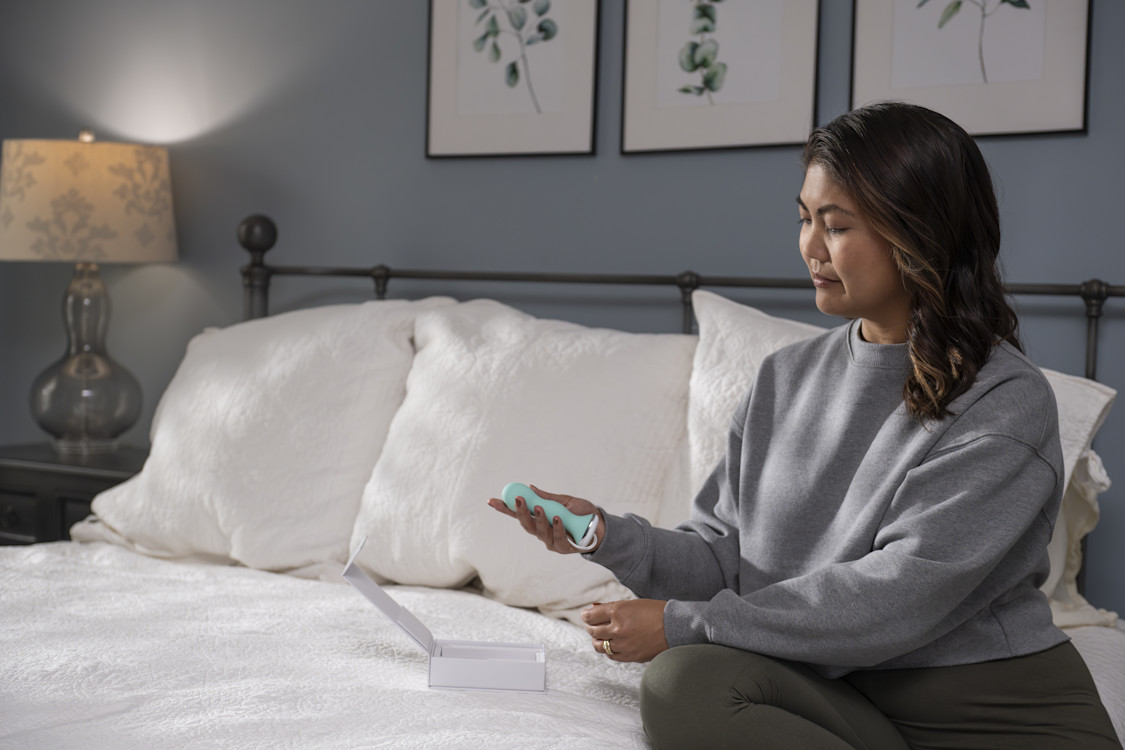What to Know About the Hinge Health Pelvic Trainer — and Should You Try It?
Learn about the Hinge Health pelvic trainer, how it works, how it can help your pelvic symptoms, and how to know if a pelvic trainer is right for you
0 $ pour vous
Date de publication : Mar 25, 2024
Table des matières
Fully Covered Pelvic Care
Find relief from pelvic pain, leakage, muscle weakness, & more.
Check if I'm eligible